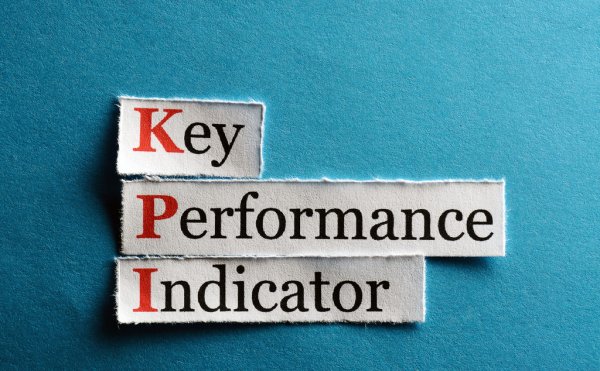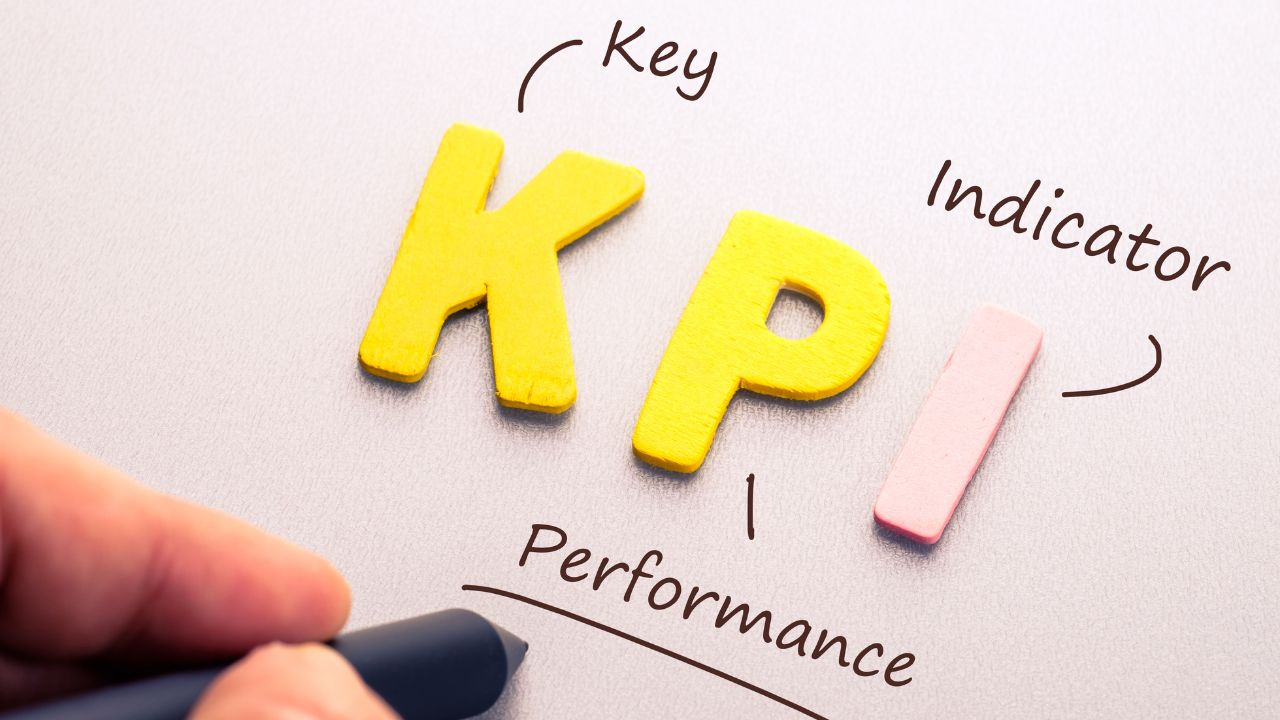

KPI’s, or Key Performance Indicators, are necessary for any type of eCommerce, and thanks to them it is possible for us to see what strategies are currently working and discover the real value of the investments we are making.
But first of all, what exactly are KPI’s? The term refers to key performance indicators or performance meters, those which are used to evaluate the results obtained from a campaign, they can tell us if we are on the right track and whether we are meeting the stated objectives. All of them have to have S.M.A.R.T characteristics: Specific, Measurable, Achievable, Realistic, Time-related, this way will help make them both possible and effective.
To perform a correct analysis of our KPI’s, it is very important to select the appropriate ones according to the criteria above and, in addition, buyers must be thoroughly analysed to get an idea how they behave.
Some examples of essential KPIs
- Web traffic: Measuring traffic, or number of visits, is one of the basic KPI’s for any online business, in addition, it is better to be carried out at either daily, weekly or monthly intervals. This metric will allow us to understand why traffic has increased or decreased when correlated with our other activities.
- Bounce Rate: Calculates the percentage of users leaving an eCommerce on the homepage without taking any action. This rate helps evaluate the functionality of a website. Abandonment can be caused simply by using incorrect keywords, or by the difficulty of finding necessary information, or by high loading times.
- Conversion Ratio: Indicates the percentage of users who complete a purchase in an online store compared with the total visits to the website.
- Web exit page: It allows us to know stats about how users leave our website (exit page URL’s, exit rate, etc) and thus look for ways to get them to continue shopping, reducing the number of exists before having made a purchase.
- Customer acquisition cost: It is considered one of the most important KPIs, indicates the accumulated amount spent on the acquisition of a new customer.
- Email open rate: Measures the percentage of users who open an email, if the open percentage is low you can test and use issues that are attractive, in addition, it is important to have an up to date list of subscribers.
- Abandoned carts: The abandonment rate of the cart refers to the percentage of users who add products, but then leave the online store without completing their purchase.
- Best-selling products: By analysing the orders of an online store it is possible to know what the best-selling products are. Obtaining this data is very important in order to know how to implement strategies in a practical and efficient way.
- Site visit duration: Reflects the interest generated by the content of a website, this does not guarantee the success of an eCommerce, but it is a sign that the content is successfully connecting with users.

Find out how Minderest can take your business to the next level.
Contact our pricing experts to see the platform in action.
Related Articles

AI Agents and Holiday Season: How to Adapt Your Pricing Strategy
Holiday season planning used to revolve around creative campaigns, emotional storytelling, and optimizing the user experience. However, a silent revolution is changing the rules of the game. The rise...
How Surveillance Pricing Works and Its Applications for Your Business
The term "Surveillance Pricing" might conjure images of corporate espionage and price manipulation. However, this initial perception hides one of the most sophisticated and powerful strategies in...